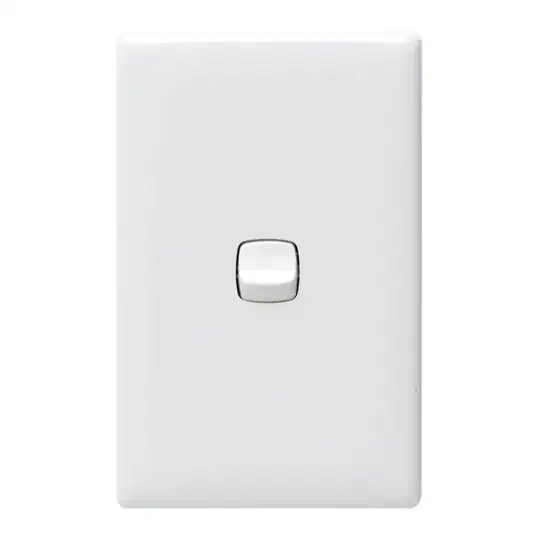I'm looking to get started on Raspberry Pi programming and thought of a DIY project that I could do.
Basically, I want to control the light socket switch to on/off via a remote control. The switch looks something like this:
What I plan to do is mount a device on the socket switch. This device is connected wirelessly to a raspberry Pi controller via local network. An android app in a phone/tablet connected (also wirelessly via local network) to the raspberry Pi controller is used to control the device. For example, when user press 'ON' in the app, the device would push the bottom part of the button of the socket switch and top part of the button when 'OFF'.
Constraints
- I have at least 2 socket switches that I want to control so I prefer to have multiple of those devices connected to just one raspberry Pi controller instead of having one raspberry Pi mounted on each socket switches.
- I've googled on some tutorials on raspberry Pi but they all seem to make use of relay switches and rewiring the wires to them. I'm living in a rented room so I am not allowed to mess around with the electrical wiring inside the socket.
- My budget is around US$50 but this is just a minor constraint. As long as constraints 1 and 2 are fulfilled, I'm all ears.
What devices and hardware should I prepare and which tutorial would be useful in carrying out this project?